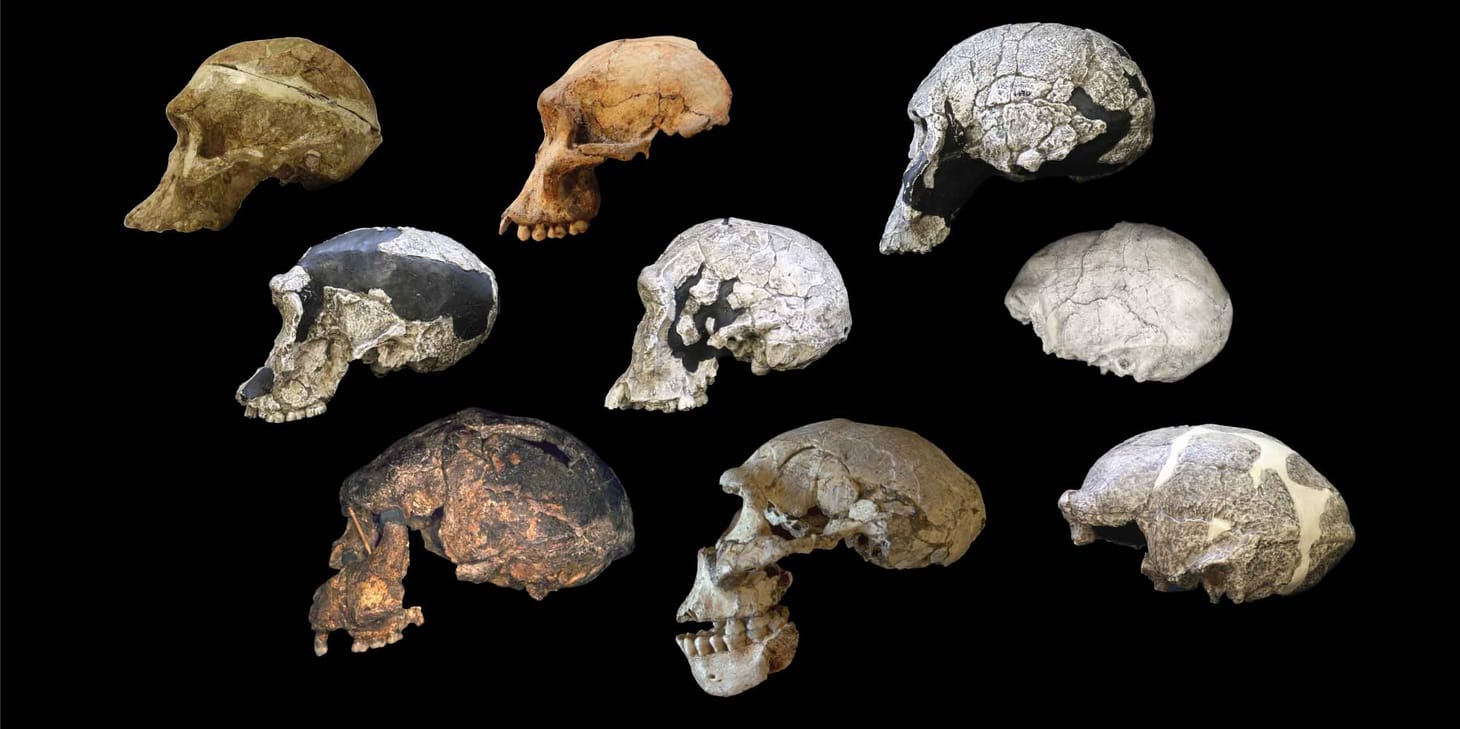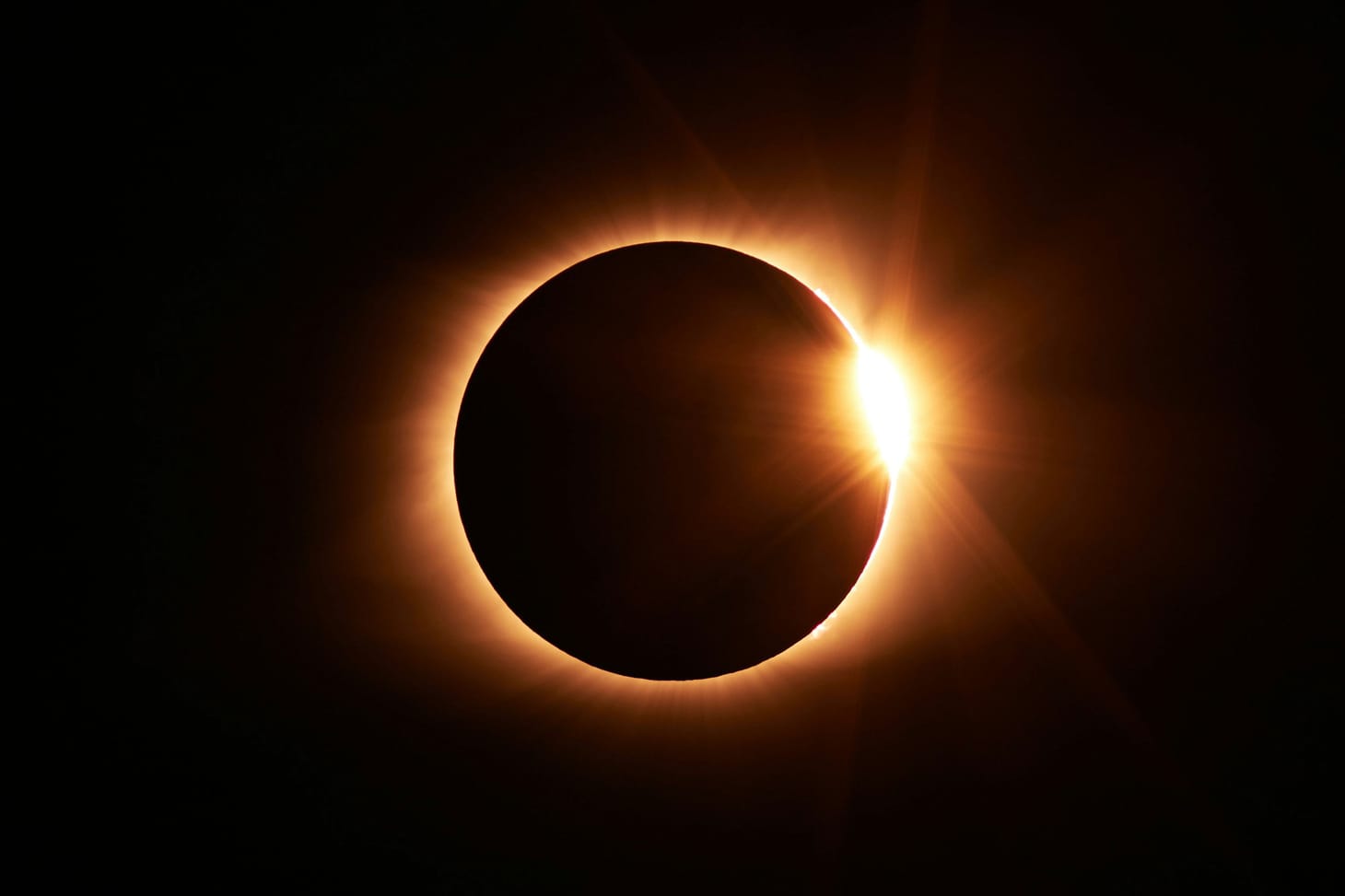A mid-century observer wrote about hybridization and Neandertals
A quote from Loren Eiseley, one of the best known writers about anthropology and human origins.
Loren Eiseley was an anthropologist well known in the mid-twentieth century for his popular writing about human evolution and science more generally.
In the Winter 1946 issue of Prairie Schooner, Eiseley had an essay recounting the discoveries of the Skhūl and Tabun fossil material from Mount Carmel, Israel. In 1939, Theodore McCown and Arthur Keith had published their analysis of the fossil remains, suggesting a population in the “throes of evolution” with characters of both modern humans and Neanderthals. They rejected an alternative hypothesis, that the skeletons might reflect hybridization between two anatomically divergent populations, but this hypothesis was later taken up by other authors including the geneticist Theodosius Dobzhansky.
Eiseley’s discussion of the situation is worth reading in full as a picture of its time. I wanted to share some paragraphs as examples of his use of language and his standing as a contemporary observer of a moment in science when hybridization was seen as an important topic in human evolution.
Another explanation inevitably comes to mind as we survey this assemblage of beings who dwelt on the slopes of Mount Carmel---an explanation which, though intriguing in its own right, would illuminate but little the origins of that creature in which we are intensely interested, namely, ourselves. Can it be—so runs the little disturbing thought which will not be quieted—can it be that we are dealing with a group of mixed bloods, of hybrids between Neanderthal and a type already essentially modern?
Lest anyone think that it was silly for Eiseley to describe the idea of hybridization as “a disturbing thought”: Even well into the 1990s some serious professional anthropologists were still claiming that hybridization was unlikely or impossible because these ancient populations would have been disgusted at the thought of mating with each other. Scientists carried with them an intense bias from their own social experiences and preferences, and they were unapologetic about playing upon the biases of others in their popular writings.
Eiseley ends his essay with a paragraph that could be a nice example of the “jury is out” statements at the end of many popular science articles.
The fault does not lie in this unique and invaluable discovery which, among other things, has demonstrated that an essentially modern brain and facial structure already existed in the Riss-Wurm Interglacial. It lies in our inadequate knowledge of human genetics and the processes which influence or determine the rapidity of human evolution. Only as our knowledge of the Ice Age population of Palestine increases and the science of genetics grows more sure will the vistas of human prehistory opened by the sleepers in the cave of Mugharet es Skhul be capable of interpretation by modern eyes.
John Hawks Newsletter
Join the newsletter to receive the latest updates in your inbox.



